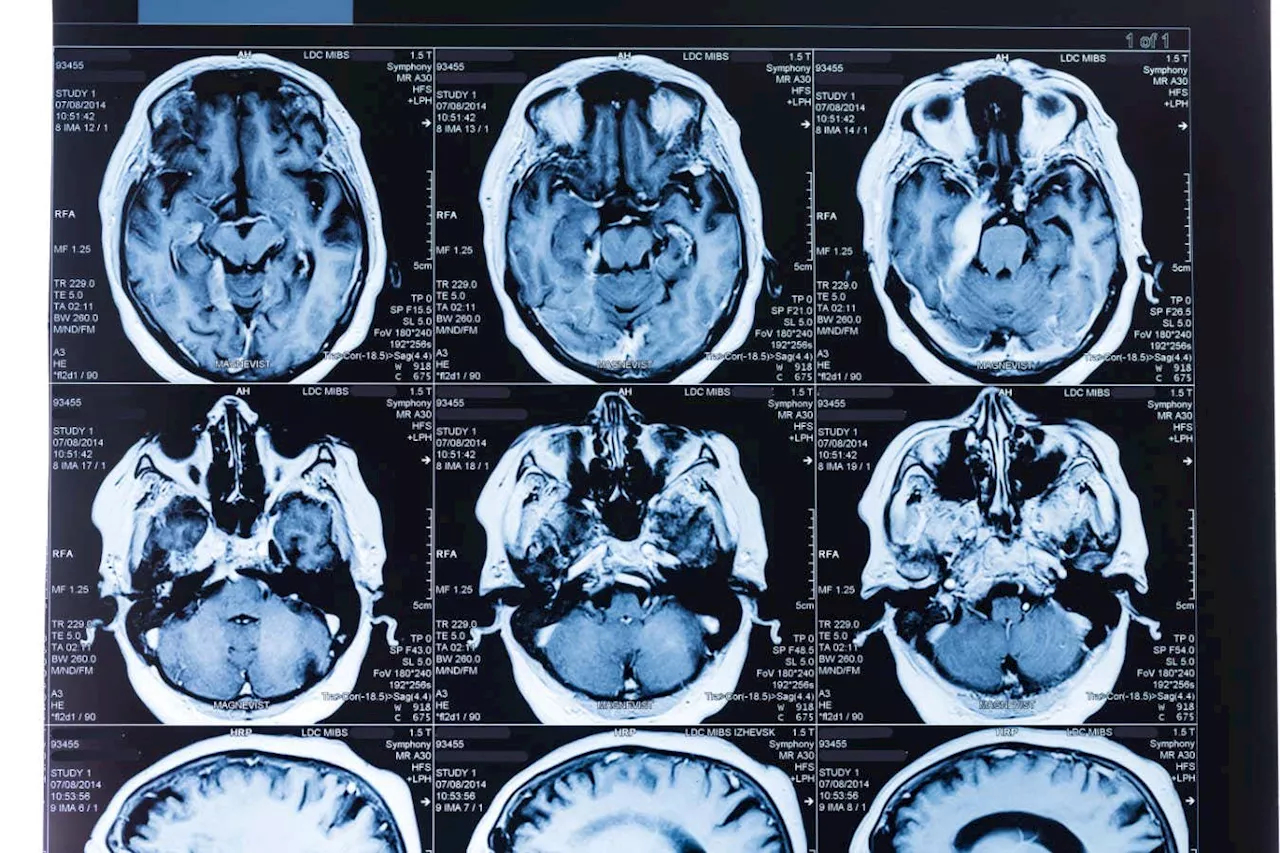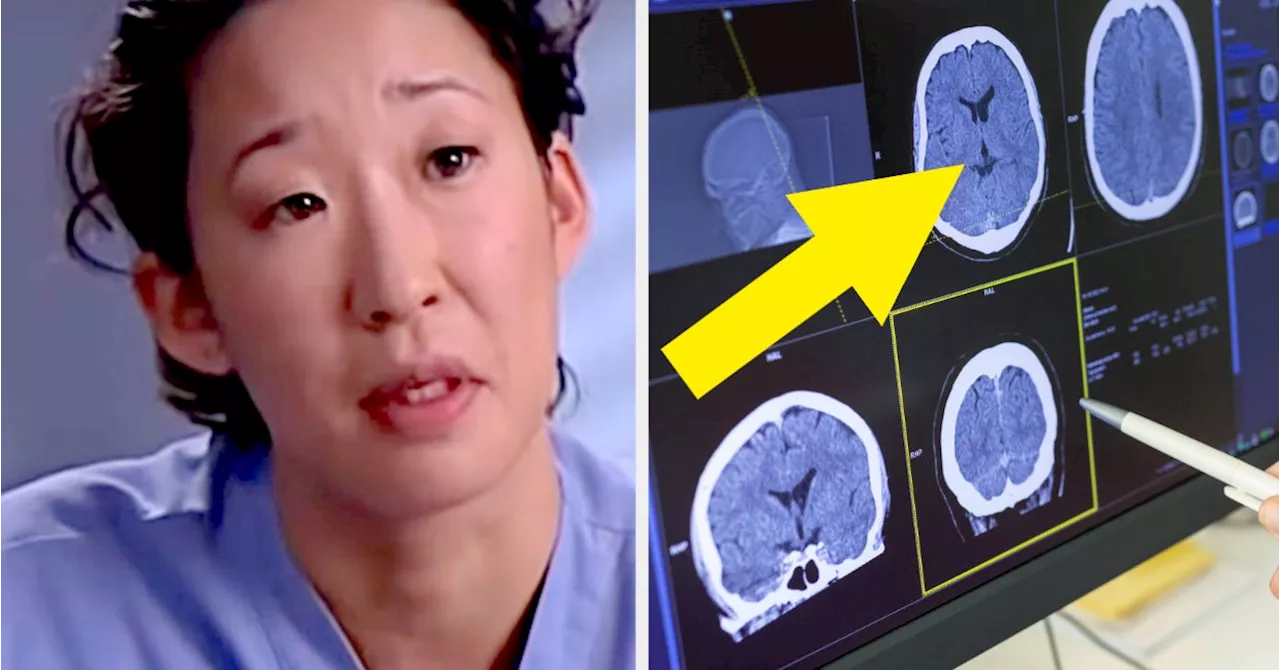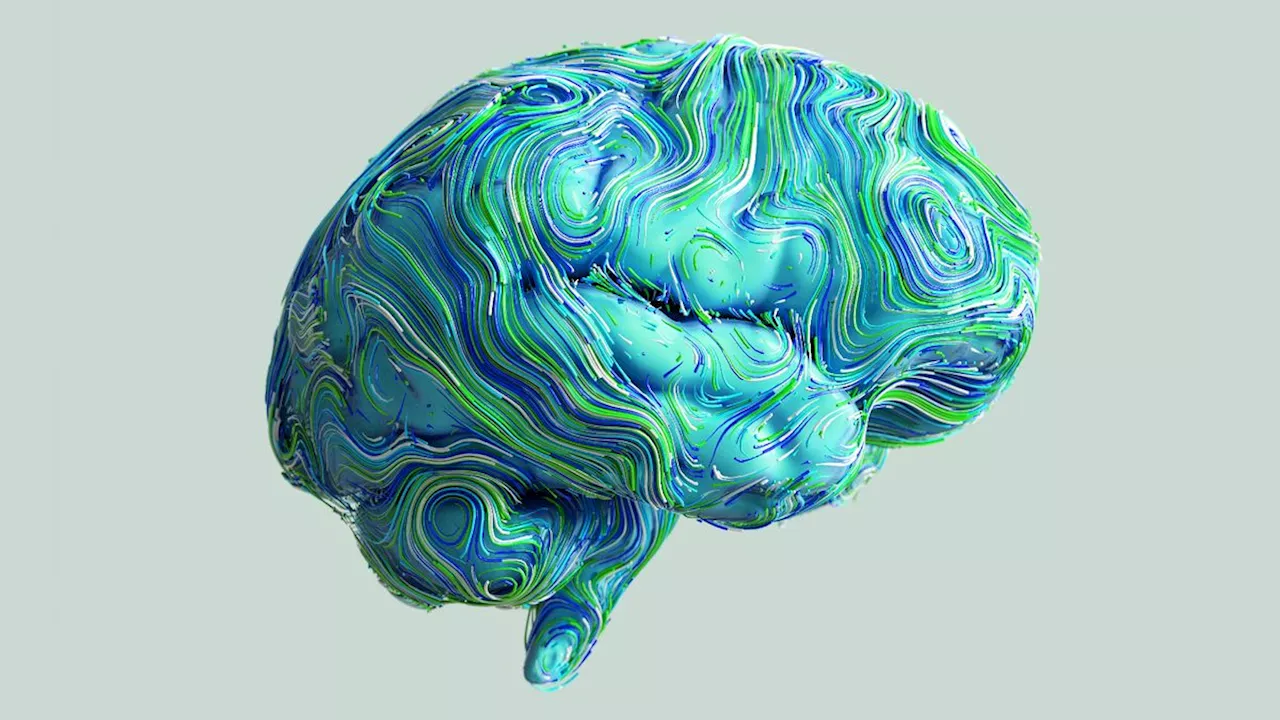This year, Live Science covered a range of fascinating studies about the brain, shedding light on how our most complex organ functions. From the impact of male hormones on brain volume to the intricate neural networks activated during movie watching, these studies offer intriguing glimpses into the workings of the human mind.
Arguably the most complex organ in the body, the brain is an elegant mess of cells, chemicals and electrical impulses that orchestrates our thoughts, behaviors and unconscious bodily functions. This year, Live Science covered a slew of fascinating studies about the brain, each of which revealed new insights about how the organ ticks while also raising new questions. The male hormone cycle and the brainAlthough not often discussed, the male hormone cycle is quite striking.
Steroid hormones in the male body — including testosterone, cortisol and estradiol — decrease about 70% throughout the day and then reset overnight. This year, a brain-scan study revealed that the brain loses and regains volume in time with this daily cycle. At this point, though, it's unclear whether the hormones themselves drive the brain changes or how this cycle affects male brain function. Your brain on cinemaMany people throw on a movie when they want to'turn off their brain' for a bit. But a recent study found that, actually, 24 different brain networks light up as you watch different types of films. By tying brain activity patterns to what was happening in a given scene, the scientists behind the study were able to construct the most accurate functional brain map to date. Transformation of babies' brains after birthA groundbreaking study in fetuses and newborns highlights how the activity of certain parts of the brain suddenly shift after birth. There is a huge uptick in activity in the subcortical network, which acts like a relay hub for information, and the sensorimotor network, which is responsible for processing external stimuli and coordinating movements. The researchers now want to study the same brain networks in preterm babies, to see if there's a notable difference from full-term babies. The drive to eatA simple circuit made of just three types of neurons may underlie our drive to eat, a study foun
BRAIN NEUROSCIENCE HORMONES HUMAN DEVELOPMENT FOOD BEHAVIOR
United States Latest News, United States Headlines
Similar News:You can also read news stories similar to this one that we have collected from other news sources.
 New brain mapping technique reveals insights into the brain's higher functionsA new way of mapping activity and connections between different regions of the brain has revealed fresh insights into how higher order functions like language, thought and attention, are organized.
New brain mapping technique reveals insights into the brain's higher functionsA new way of mapping activity and connections between different regions of the brain has revealed fresh insights into how higher order functions like language, thought and attention, are organized.
Read more »
 Modern human ancestors and Neanderthals mated during a 7,000-year-long 'pulse,' 2 new studies revealKristina Killgrove is a staff writer at Live Science with a focus on archaeology and paleoanthropology news. Her articles have also appeared in venues such as Forbes, Smithsonian, and Mental Floss. Killgrove holds postgraduate degrees in anthropology and classical archaeology and was formerly a university professor and researcher.
Modern human ancestors and Neanderthals mated during a 7,000-year-long 'pulse,' 2 new studies revealKristina Killgrove is a staff writer at Live Science with a focus on archaeology and paleoanthropology news. Her articles have also appeared in venues such as Forbes, Smithsonian, and Mental Floss. Killgrove holds postgraduate degrees in anthropology and classical archaeology and was formerly a university professor and researcher.
Read more »
 Brain Coral Looks Like a Brain, and Can Live up to 900 YearsDiscover how brain coral got its name, and why it’s vital to protect it.
Brain Coral Looks Like a Brain, and Can Live up to 900 YearsDiscover how brain coral got its name, and why it’s vital to protect it.
Read more »
 Common brain network links brain atrophy patterns seen in schizophreniaA new study has identified a unique brain network that links varied patterns of brain atrophy, or shrinkage, associated with schizophrenia.
Common brain network links brain atrophy patterns seen in schizophreniaA new study has identified a unique brain network that links varied patterns of brain atrophy, or shrinkage, associated with schizophrenia.
Read more »
 Thirteen proteins in your blood could reveal the age of your brainHigher or lower levels of certain proteins in your blood appear to indicate if your brain's age is older than your actual age
Thirteen proteins in your blood could reveal the age of your brainHigher or lower levels of certain proteins in your blood appear to indicate if your brain's age is older than your actual age
Read more »
 Doctors Reveal Habits Aging Your Brain PrematurelyThese behaviors might not appear a big deal, but they could hurt your brain health in the long run.
Doctors Reveal Habits Aging Your Brain PrematurelyThese behaviors might not appear a big deal, but they could hurt your brain health in the long run.
Read more »
